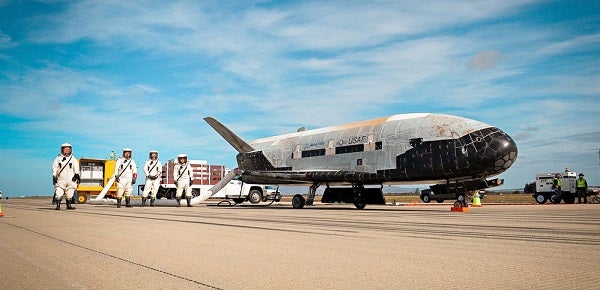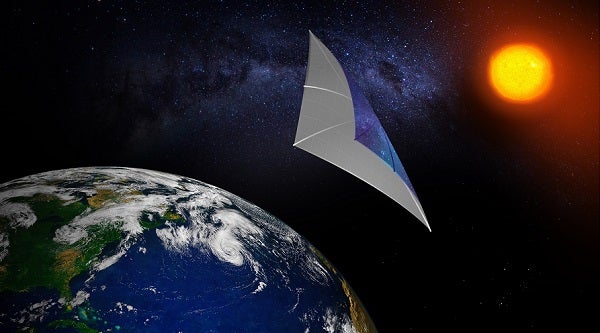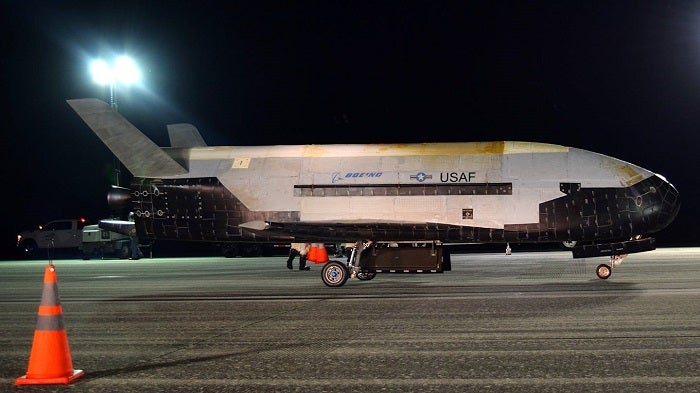X-37B Robot Space Plane Launches on Space Force Mission
A Boeing X-37B autonomous space plane launched on Sunday 17 May, on its latest mission from Cape Canaveral in Florida. The unmanned craft is conducting the sixth mission flown by the type and is likely not going to return to Earth until 2022.
It is also the second mission being flown for the United States Space Force, which was officially formed on 20 December 2019, as an independent entity within the Department of Defense.

With two thought to be in service, the X-37B first launched in April 2010. Originally designed for missions of 270 days duration, the X-37B has set endurance records during each of its five previous flights. Most recently, an X-37B spent 780 days in orbit before returning to Earth in October 2019.
Though secrecy surrounds many of the missions that the X-37B will conduct on this trip, as is normal with most information on this mysterious craft, a few details have been released. The mission will deploy FalconSAT-8, a small satellite developed by the U.S. Air Force Academy and sponsored by the Air Force Research Laboratory, to conduct experiments on orbit. Further, two NASA experiments will study the impact of radiation and other space effects on certain materials and seeds used to grow food.
Another experiment by the Naval Research Laboratory will transform solar power into radio frequency microwave energy which could then be transmitted to the ground. This is possibly related to the Air Force Research Laboratory’s Space Solar Power Incremental Demonstrations and Research (SSPIDR). The USAF and Northrop Grumman are exploring the possibility of providing an uninterrupted energy source direct form space to expeditionary forces at forward operating bases, removing a major logistical issue from combat operations.

The X-37B offers the United States military a remarkable ability. Speaking at a panel at the Aspen Security Forum last year former Secretary of the Air Force, Heather Wilson, described how the X-37B:
“…can do an orbit that looks like an egg and, when it’s close to the Earth, it’s close enough to the atmosphere to turn where it is. Which means our adversaries don’t know — and that happens on the far side of the Earth from our adversaries — where it’s going to come up next. And we know that that drives them nuts.”
Far more responsive and flexible than the previous Space Shuttle system, the X-37B is capable not only of staying in orbit for years at a time, but is also far more agile.

